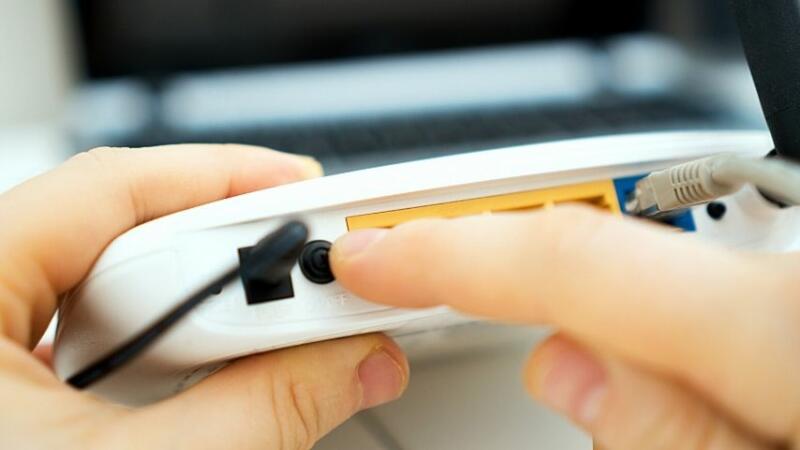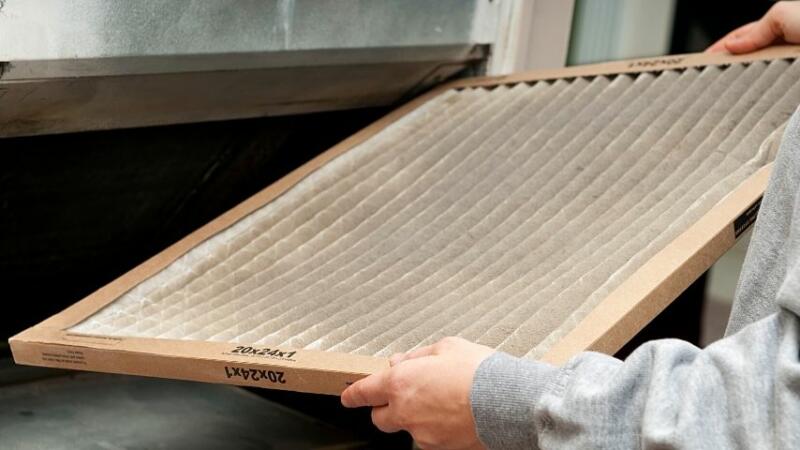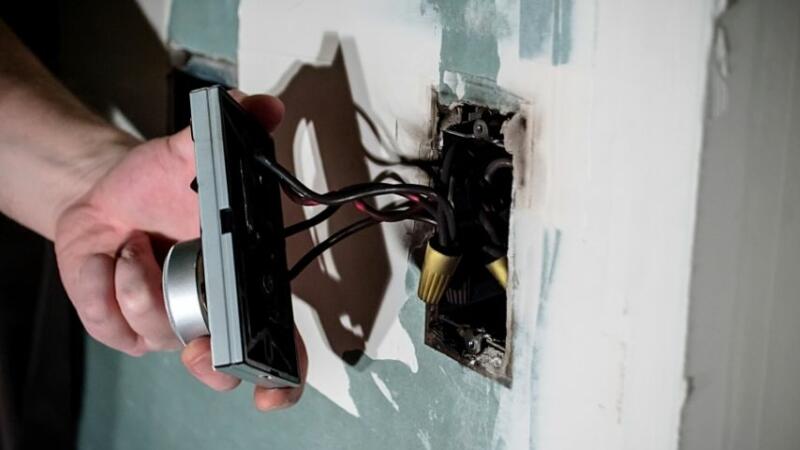If you’re the owner of a Nest thermostat, then you’re likely very satisfied with your smart thermostat.
Nest thermostats have many advantages over traditional choices, including the ability to control them remotely and many other high-tech abilities.
If your thermostat has been experiencing problems lately, this can be very frustrating.
However, there are some common issues that have easy solutions, so you should be able to diagnose and resolve the issue on your own, without the need to have your thermostat professionally serviced.
Table of Contents
Common Problems with a Nest Thermostat
One main issue with a Nest thermostat is its manual control button isn’t working. Another is unstable temperature control. Other reasons include Wi-Fi disconnection, blinking green light, continuous powering on and off, hot air coming from vents instead of a cool one, and a quickly draining battery.
1. Your thermostat is causing the temperature to be unstable
If your thermostat has been unstable and has been causing your home or office to become too hot or too cold, then your C-wire may be causing the problem.
C-wire is short for common wire and this part provides the power necessary to operate your thermostat.
However, Nest thermostats also come with batteries, so if your C-wire is causing unstable temperatures inside your home or office, then you can simply remove the wire, and hopefully, this will resolve the issue.
2. Your thermostat is continually disconnecting from WiFi
One reason that your thermostat might be continually disconnecting from WiFi is that your Wi-Fi signal isn’t stable.

Whenever your thermostat disconnects from the internet, check the other Internet-connected devices in your home to determine if they’re offline as well.
Restarting your router might fix the problem if other devices have also been disconnected.

Another reason that your thermostat could be disconnecting from the Wi-Fi is that it’s experiencing power issues.
In some cases, if the C-wire has been removed, the batteries may not be providing the amount of power that the thermostat needs in order to work optimally.
To fix this problem, you may need to upgrade to a G-wire, which won’t interfere with the functioning of the thermostat, but it will provide it with enough power, and the batteries will only be used as a standby.
A third possible solution for your Wi-Fi troubles is to have your thermostat “forget” the current Wi-Fi settings and then reconnect the device to the internet. This has fixed many Wi-Fi connection problems.
3. Your thermostat has a blinking green light
If your thermostat is unresponsive and has a blinking green light, then you may have to update the firmware on your thermostat.
You can first try removing your thermostat from its base and then reconnecting it, which often fixes the problem.
However, if it’s necessary to update your firmware, you can do so easily. Simply go to the app on your phone and follow the easy instructions.
4. Your Nest thermostat continually powers off and on
It is very possible that the Nest thermostat itself is not malfunctioning, but that as a result of an issue with the HVAC system, your Nest is unable to function properly.
A blocked air filter, no matter how simple a problem it may seem, could cause your entire system to shut down.

If your air conditioning system shuts down, then your Nest thermostat will be unable to draw electricity to charge its battery.
Your thermostat will become unstable as a result, so you may need to have your air conditioning system serviced by a professional.
5. Hot air instead of a cool one comes out your air vents
Not only would you feel like you’re in a sauna if this were to happen on a 90-degree day when cool air is essential, but this problem can be quite annoying and uncomfortable.
The fix is usually pretty simple, as the system may have been improperly wired using the wiring from a previous unit.
To resolve the issue and get your home cooled off again, you can easily rewire the system so that the wires are in the proper place.

Before doing any work on the wires, turn off the breakers first for your safety and protection.
If you’re not sure how to do the wiring, or you don’t feel comfortable, then you can call out a professional who can quickly rewire it for you.
6. The battery in the thermostat keeps being quickly drained
If your battery is not charged, then this can cause a whole host of problems, and it can affect your thermostat’s ability to remain connected to Wi-Fi and even cause the thermostat to stop working altogether.
Sometimes the Nest thermostat will incorrectly display that the battery is low, which is, in fact, is not.
However, if your battery actually is being drained and your thermostat isn’t working correctly as a result, then there are three possible ways to fix this problem.
You can either use a USB cable to charge your thermostat, remove the G-wire and move it to the C terminal, or you could opt for a standard 24V charging wire.
If you’re not comfortable making any of these changes to see if it fixes your battery problem, then you will need to have the unit professionally serviced.
Frequently Asked Questions about Common Problems with Nest Thermostat
Are Nest thermostats reliable?
Nest thermostats are reliable, and any smart thermostat can experience potential issues. Nest has been manufacturing smart thermostats and other devices for some time now, and they have many satisfied customers.
Could an improper thermostat wiring problem cause a fire?
Anything that deals with electricity and wiring could potentially cause a fire. This is why it’s imperative to have your thermostat serviced by a professional if you suspect that your system has been wired improperly.
Conclusion
Despite the fact that Nest thermostats commonly experience certain problems, these high-tech smart devices are wonderful and can really help home and business owners save money and time.
If your Nest thermostat has been malfunctioning, this guide can help you to fix the problem, so you won’t have to worry about shelling out extra cash to have a technician come to your home.
And the added plus is that you can likely quickly and easily fix the problem yourself so there won’t be much downtime.

